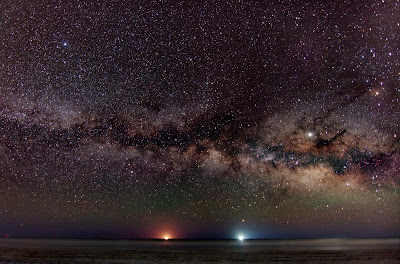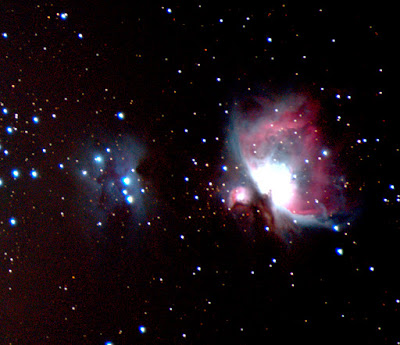Astrophotography is a huge challenge. In retirement, overcoming all the little challenges will keep me actively engaged for probably several years. I've learned a lot in the past 6 or 7 months - how to align an equatorial mount withe the celestial north pole, how to align with enough stars (3) to have adequate tracking. how to focus on things you can't see (i.e. how to use liveview in low light situations) - and the biggest challege of all: post processing images.
What I've learned is that capturing the images is about 20% of the task. The other 80% is aligning and post processing. Three tools that stand out are Astrometry (a tool for figuring out where your image is located in the heavens above and annotating significant objects in your image, Sequator (a Deep Sky Stacker equivalent) for aligning and stacking images and Roger Clark's rnc-color-stretch for post process an aligned and stacked image. For making star trail images, I used StarStax. The challenge with post processing is taking an image with a small range of intensities (from the image histogram) and stretching it to bring out the details without destroying the colors. Clark's essays about all things about astrophotography are insightful and provacative.
My camera skills are also dramatically improves. There are so many things to understand when photographing the sky: how long an exposure (to minimize trails and maximize the signal/noise ratio), what ISO (turns out that the same image taken for different ISO values usually does not reveal a graded change in noise - and some cameras are ISO invariant (Sony A7). Then there is the challenging of focusing in low light and maintaining focus over several hours of imaging - and the environmental challenge is eliminating condensation on the lens / filter.
Here are recent images highlighting what I've learned:




























